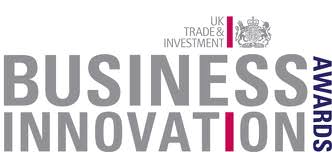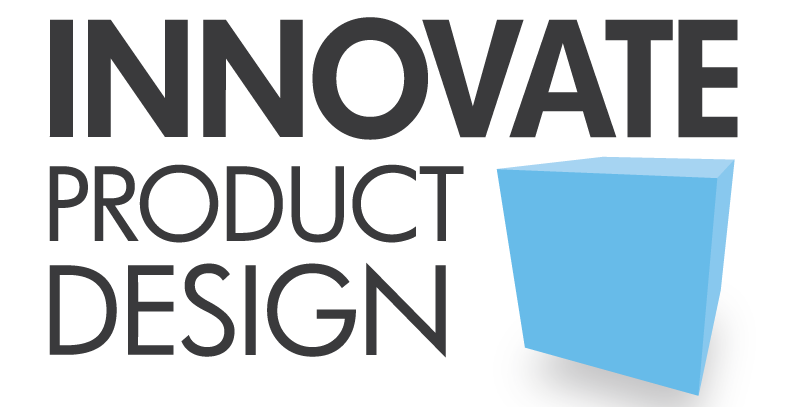PROTOTYPE > PROTOTYPING PROCESS
PROTOTYPE MANUFACTURING & DESIGN
During the product design and prototyping process there are different development stages which require different types of prototypes. The first question you should ask yourself is what type of prototype do you need. Is it to demonstrate the functionality of the product, a simple visualization, or getting it ready for manufacture? It is a good idea to seek professional help as building a prototype can be prohibitively expensive.
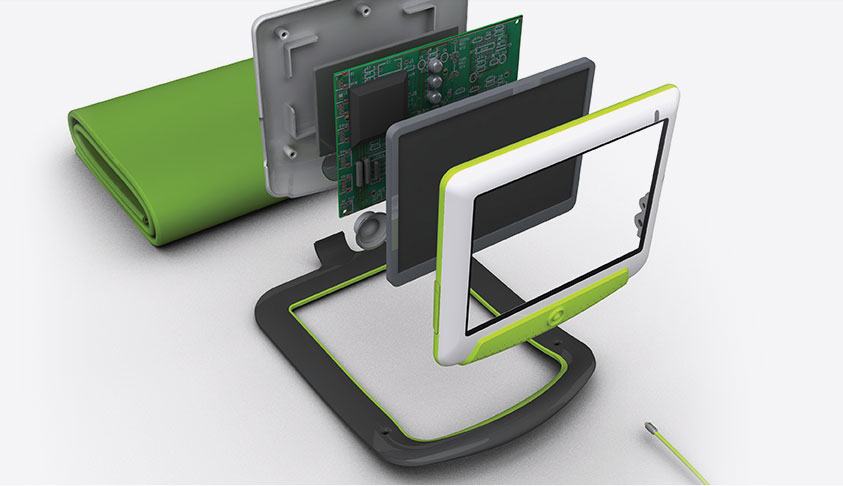
Request a Free Inventors Guide:
Patent Advice/How to Patent an Idea
Confidentiality Agreements
The "Inventing for Profit" Guide
Idea Submission Forms
News & Updates on Innovation
What type of prototype do you need?
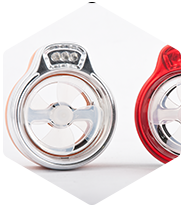
Visual prototype
Inventors assessing how to manufacture a new product often start with a visual prototype. This type of invention design is intended to showcase the overall shape and dimensions of the product, though it typically does not contain working parts. The materials that comprise this type of prototype are also not usually the same materials that would be utilized in the manufacturing of the final product. Visual prototypes can be presented as raw material or be painted to portray a more realistic representation of the final product.
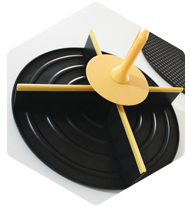
Proof-of-concept prototype
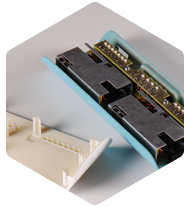
Presentation prototype
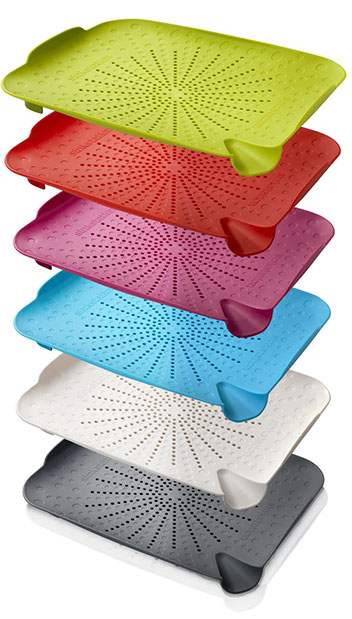
PROTOTYPE DESIGN FOR MANUFACTURING
If you are definitely planning on manufacturing the product, a presentation prototype is a good starting point. From this, it would be possible to approach manufacturers and discuss any minor changes that may be needed to start mass-production. This is an add-on service at an additional cost, and is not included in the presentation prototype package, simply because not all clients will need this. Some may just need a presentation prototype to take to a meeting with a company, who, if interested, could take on the design for manufacturing themselves.
NB.Following prototyping there may still be additional work required in order to proceed to manufacture. Often the Prototype is enough, or we can provide CAD files where necessary. Prototype manufacturing data and engineering drawings may still be needed and we can assist with this, where relevant.
WHY IS A PRODUCT PROTOTYPE NECESSARY?
In some instances, you will need to be able to prove that your concept works and that the theoretical design translates into a working model.Often a design prototype may better demonstrate the product: this is particularly the case if looking to present in situations such as “Shark Tank“.
HOW IS A PROTOTYPE USEFUL FOR LICENSING?
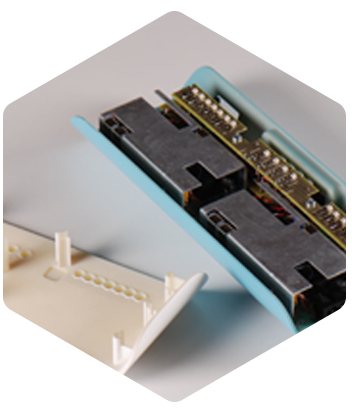
HOW IS AN INVENTION PROTOTYPE USEFUL FOR MANUFACTURING?
Prototypes are almost essential when looking to manufacture. In some instances the CAD designs from the Design Process are enough to send directly to a manufacturer, but this is predominantly only if the product is very simple and composed of existing parts. More often than not, a prototype will be necessary prior to approaching a manufacturer in order to further refine the design.
We use rapid prototyping in SLS, SLA and FDM for smaller products which allows a real 3D model to be built from the CAD file. Larger models can be fiberglass, vacuum formed or machined.
PROTOTYPE > PROTOTYPING PROCESS
HOW TO MANUFACTURE A PRODUCT WITH INNOVATE
Rapid Prototyping
CNC Machining
Vacuum Casting
Tooling
Laser Cutting
Electronics Development
Fabric Prototypes
Mechanical Design
Request a Free Inventors guide:
The "Inventing for Profit" Guide
Patent Advice/How to Patent an Idea
Confidentiality Agreements
Idea Submission Forms
News & Updates on Innovation

